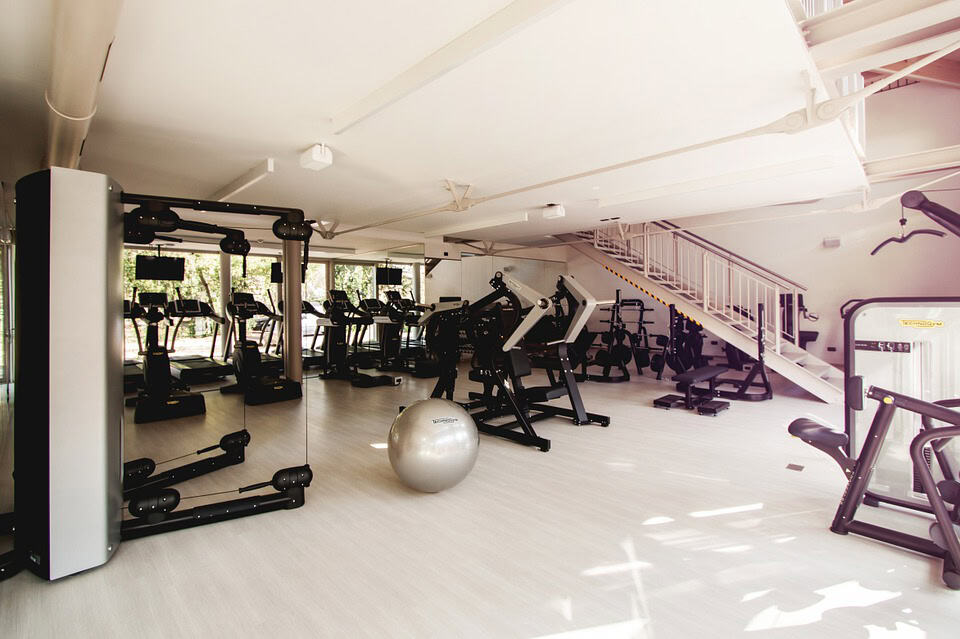Coming to the gym, you need to clearly understand its purpose, stages and methods of achievement. At the same time theoretical knowledge of the basics of physiology and safety will save you from injury in the gym.
The most common types of injuries
Statistics of injuries received in gyms testify not in favor of beginners. Almost half of the injuries at the gym occur due to inexperience. The reasons are overconfidence and overestimation of own resources, as well as lack of knowledge of safety techniques.
Top injuries in the fitness room
Stretches – happen due to improper weight distribution when lifting weights, too harshly performing exercises.
Soft tissue injuries (contusions, bruises, bruises) – often caused by hitting a hard surface, loss of balance, falls.
Cracks, dislocations, and fractures are the most common reason.
Muscle rupture occurs due to the urge to lift too much weight, as well as sudden or uncoordinated movements.
Hemorrhages and concussions are less common, as well as other injuries of varying complexity. At the same time, more than half of accidents occur as a result of dropping a disproportionately heavy apparatus on the exerciser.
Overexertion is another cause of injury in the gym. This damages the fibrous tissue that connects the muscle to the bone. In more serious cases, connective tissue ruptures occur. Their treatment and recovery period are very time consuming and costly.
Improper technique of weighted exercises, lifting heavy weights, losing balance and falling down are the main mistakes made in gyms. They can be the cause of serious injuries that cost an athlete his or her health.
How to prevent
To avoid getting injured in the gym, you need to know and adhere to the basic rules of safety.
Avoid getting into the number of victims will help to be up-to-date about your own health. You should start exercising at the gym with a visit to the doctor to have a clear picture of the state of the cardiovascular and musculoskeletal systems, joints, nerves and other organs.
- Before you start the main part, you should thoroughly warm up the muscles and activate blood circulation by warming up.
- Start your workout by lifting small weights, gradually increasing weight in the course of the exercise.
- It is necessary to strictly adhere to the correct technique of exercise.
- Body dehydration must be avoided: loss of moisture leads to decreased elasticity of muscles.
- While performing isolated exercises with big weights take care of your partner who will be able to accompany you.
- At the end of the workout you should have a warm-up, including stretching and breathing exercises. In this way it will be easier for your body to start the recovery process after the load.
